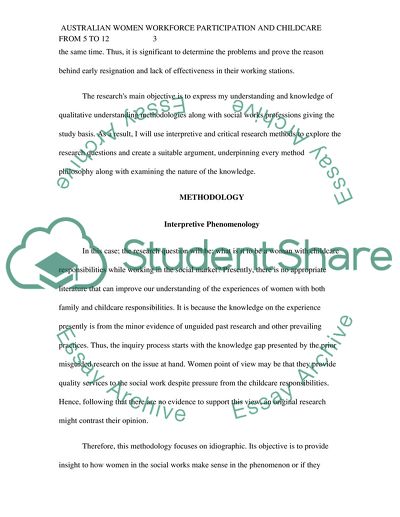Cite this document
(“Australian Women Workforce Participation and Childcare from 5 to 12 Research Paper”, n.d.)
Australian Women Workforce Participation and Childcare from 5 to 12 Research Paper. Retrieved from https://studentshare.org/social-science/1872516-australian-women-workforce-participation-and-childcare-from-5-to-12-years
Australian Women Workforce Participation and Childcare from 5 to 12 Research Paper. Retrieved from https://studentshare.org/social-science/1872516-australian-women-workforce-participation-and-childcare-from-5-to-12-years
(Australian Women Workforce Participation and Childcare from 5 to 12 Research Paper)
Australian Women Workforce Participation and Childcare from 5 to 12 Research Paper. https://studentshare.org/social-science/1872516-australian-women-workforce-participation-and-childcare-from-5-to-12-years.
Australian Women Workforce Participation and Childcare from 5 to 12 Research Paper. https://studentshare.org/social-science/1872516-australian-women-workforce-participation-and-childcare-from-5-to-12-years.
“Australian Women Workforce Participation and Childcare from 5 to 12 Research Paper”, n.d. https://studentshare.org/social-science/1872516-australian-women-workforce-participation-and-childcare-from-5-to-12-years.


